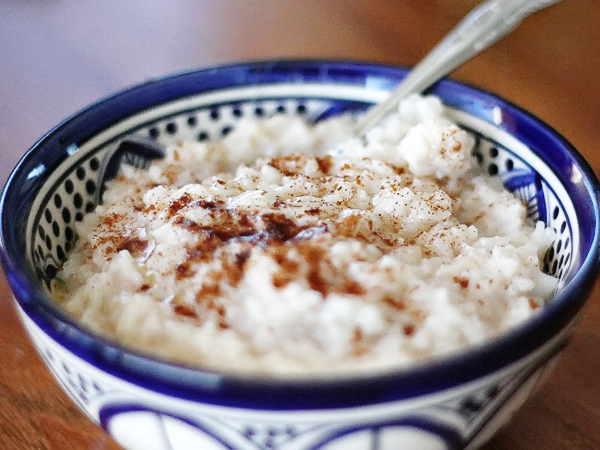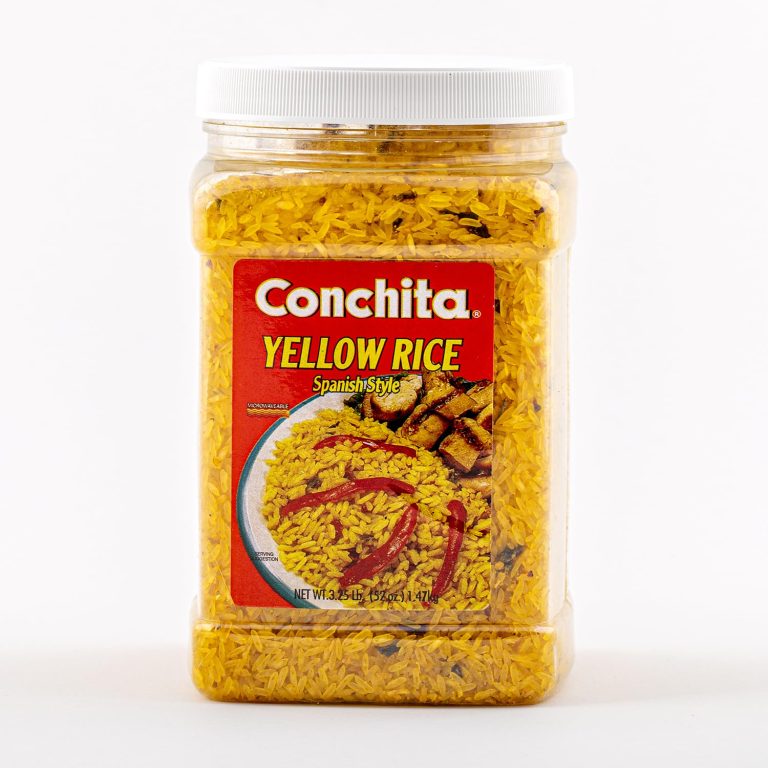Greek Pizza: Recipes, Top Restaurants, and Regional Varieties
Greek pizza, a distinct variation of its Italian counterpart, originated in the United States in the 1950s. Greek immigrants introduced this style, particularly prominent in New England. Unlike traditional Italian pizza, Greek pizza is baked in a pan, resulting in a thicker and chewier crust.
Key Characteristics
Greek pizza features a unique combination of textures and flavors. The crust is usually thicker than typical pizzas and has a slight chewiness due to the pan-baking method. The toppings reflect Mediterranean influences and include feta cheese, kalamata olives, tomatoes, and oregano. Additionally, the cheese blend commonly includes mozzarella and cheddar, with a higher olive oil content in the dough, adding to its distinct taste and texture.
Ingredients of Greek Pizza
The Dough
Greek pizza dough is distinct due to its higher olive oil content, giving it a unique flavor and texture. Olive oil enriches the dough, making it thicker and chewier than traditional pizza crusts. This dough is baked in a pan, allowing it to rise and develop a slightly crisp exterior while remaining soft inside. Essential ingredients include all-purpose flour, water, yeast, salt, and a generous amount of olive oil.
The Toppings
Greek pizza toppings showcase Mediterranean flavors. Common toppings include feta cheese, which provides a tangy and creamy texture, and mozzarella for its melting properties. Kalamata olives offer a salty bite, and fresh tomatoes add juiciness. You might also find oregano and other herbs enhancing the aromatic profile. Additionally, you may include other vegetables like onions, bell peppers, and spinach for added variety and nutrition.
Comparison Between Greek Pizza and Other Styles
Greek vs. Italian Pizza
Italian pizza, especially the Neapolitan variant, prioritizes simplicity and quality ingredients like San Marzano tomatoes and buffalo mozzarella. The crust is thin and crisp, with slight charring from wood-fired ovens. Greek pizza differs in offering a thicker, chewier crust baked in a metal pan. This method grants a softer bite, distinct from the crunchy texture of Italian pizza. Traditional Greek pizza includes Mediterranean ingredients like feta cheese and kalamata olives, diverging from the limited topping choices often found on Italian pizza.
Greek vs. American Pizza
American pizza, particularly New York-style, features a large, wide slice with a thin, flexible crust. Typically baked on a stone surface, it achieves a crisp edge. Greek pizza’s thicker, pan-baked crust contrasts with the thin nature of American pizza. While American pizza tends to use mozzarella as the primary cheese, Greek pizza incorporates feta alongside mozzarella for a unique flavor profile. Greek pizza often highlights vegetables such as onions, bell peppers, and spinach, whereas American pizza might focus on a balance between meats and vegetables like pepperoni and sausage.
How to Make Greek Pizza at Home
Recipe Steps
Greek pizza, known for its distinct flavors and textures, can be made at home with these steps:
- Prepare the Dough: Combine 2 1/4 tsp of active dry yeast with 1 1/2 cups of warm water (110°F). Let it sit for 5 minutes. Mix 3 1/2 cups of all-purpose flour, 2 tbsp of olive oil, and 1 tsp of salt. Gradually add the yeast mixture, kneading until smooth. Let the dough rise for 1-2 hours until it doubles in size.
- Preheat the Oven: Set your oven to 450°F. Place an oiled baking pan inside to preheat.
- Shape the Dough: Punch down the risen dough, then roll it out to fit your pan. The thickness should be approximately 1/2 inch.
- Prepare the Toppings: Slice 1 cup of kalamata olives, 1 cup of cherry tomatoes, 1/2 cup of red onions, 1/2 cup of bell peppers, and 1 cup of spinach. Crumble 1 cup of feta cheese.
- Assemble the Pizza: Coat the dough with 2 tbsp of olive oil, spread 1 cup of marinara sauce evenly, and layer the toppings: mozzarella cheese, olives, tomatoes, onions, bell peppers, and spinach. Finish with the crumbled feta cheese.
- Bake the Pizza: Transfer the pan to the oven and bake for 15-20 minutes until the crust is golden brown and the cheese is bubbly.
- Serve Hot: Remove the pizza, let it cool for a few minutes, then slice and serve.
- Use Fresh Ingredients: High-quality, fresh toppings enhance flavor. Opt for fresh spinach, ripe tomatoes, and quality feta cheese for the best taste.
- Monitor Dough Temperature: Ensure the water for yeast activation is around 110°F. Too hot, and the yeast dies; too cold, and it won’t activate properly.
- Uniform Topping Distribution: Spread your toppings evenly to ensure each bite provides a consistent flavor profile and cooked texture.
- Proper Pan Preparation: Generously oil the baking pan to prevent sticking and create a crispy crust.
- Mindful Baking: Keep an eye on the baking process. Oven temperatures can vary; sometimes, a few extra minutes will perfect the pizza.
- Cool Before Slicing: Allow the pizza to cool briefly after baking. This helps the cheese set slightly and makes slicing neater.
These steps and tips make replicating Greek pizza at home approachable and rewarding.
Where to Find the Best Greek Pizza
Top Restaurants
Explore the top restaurants to find the best Greek pizza. Renowned for their authentic recipes and fresh ingredients, these establishments provide a true taste of Greece:
- Papa Gino’s in Boston offers a Greek pizza loaded with feta cheese, black olives, and artichokes. Known for its chewy crust, you’ll experience a delightful blend of Mediterranean flavors.
- Harry’s Pizza in New Haven serves a Greek pizza with spinach, sun-dried tomatoes, and Kalamata olives. Famous for its crispy crust and rich toppings, it’s a local favorite.
- The Parthenon in Chicago specializes in Greek cuisine, including a popular Greek pizza featuring gyro meat, red onions, and tzatziki sauce that stands out for its unique taste and texture.
- Milto’s Pizza in Austin is known for its robust Greek pie with minced lamb, feta, and fresh oregano. Each bite reflects authentic Greek culinary traditions.
Regional Variations
Understand the regional variations in Greek pizza across different places. Each location adds its twist while preserving the essential characteristics of Greek pizza:
- New York: Focus on a thicker crust with generous toppings like olives, feta, and anchovies. Often, pizzas in this region feature a tangy tomato sauce and are baked to achieve a crispy bottom.
- California: Incorporate fresher, lighter ingredients like organic veggies and artisanal cheeses. Expect Greek pizzas to have a more rustic and health-conscious approach.
- Midwest: Use a robust dough that can hold hearty toppings such as Souvlaki and Greek sausage. These pizzas often come with more meat-centric toppings and a slightly thicker crust.
- Southeast: Integrate local elements such as shrimp and spicy peppers with traditional Greek ingredients. This region blends Greek flavors with southern culinary traditions, offering a unique take on Greek pizza.
Visit these places to experience the diversity and authenticity of Greek pizza that varies by region and establishment.
Conclusion
Greek pizza offers a delightful twist on traditional pizza with its thicker crust and distinct Mediterranean flavors. Whether you’re making it at home or exploring top restaurants like Papa Gino’s and Harry’s Pizza, you’re in for a treat. The regional variations across the US add another layer of excitement, showcasing diverse toppings and crust styles. Embrace the unique charm of Greek pizza and discover your favorite version today.






